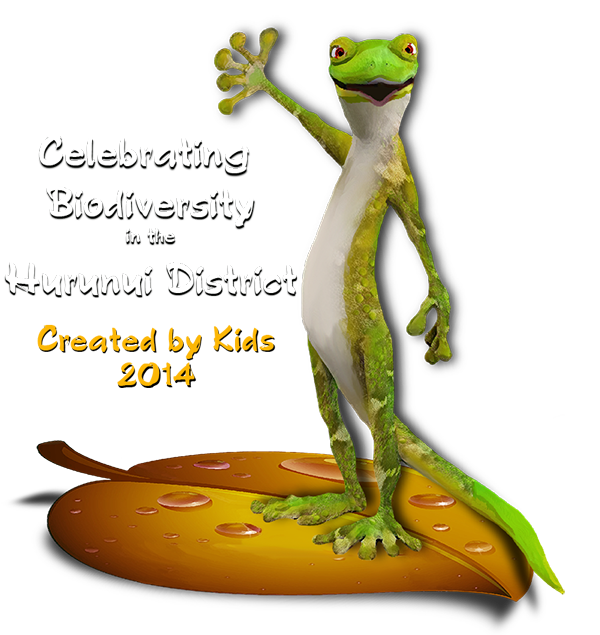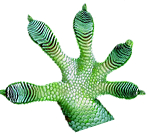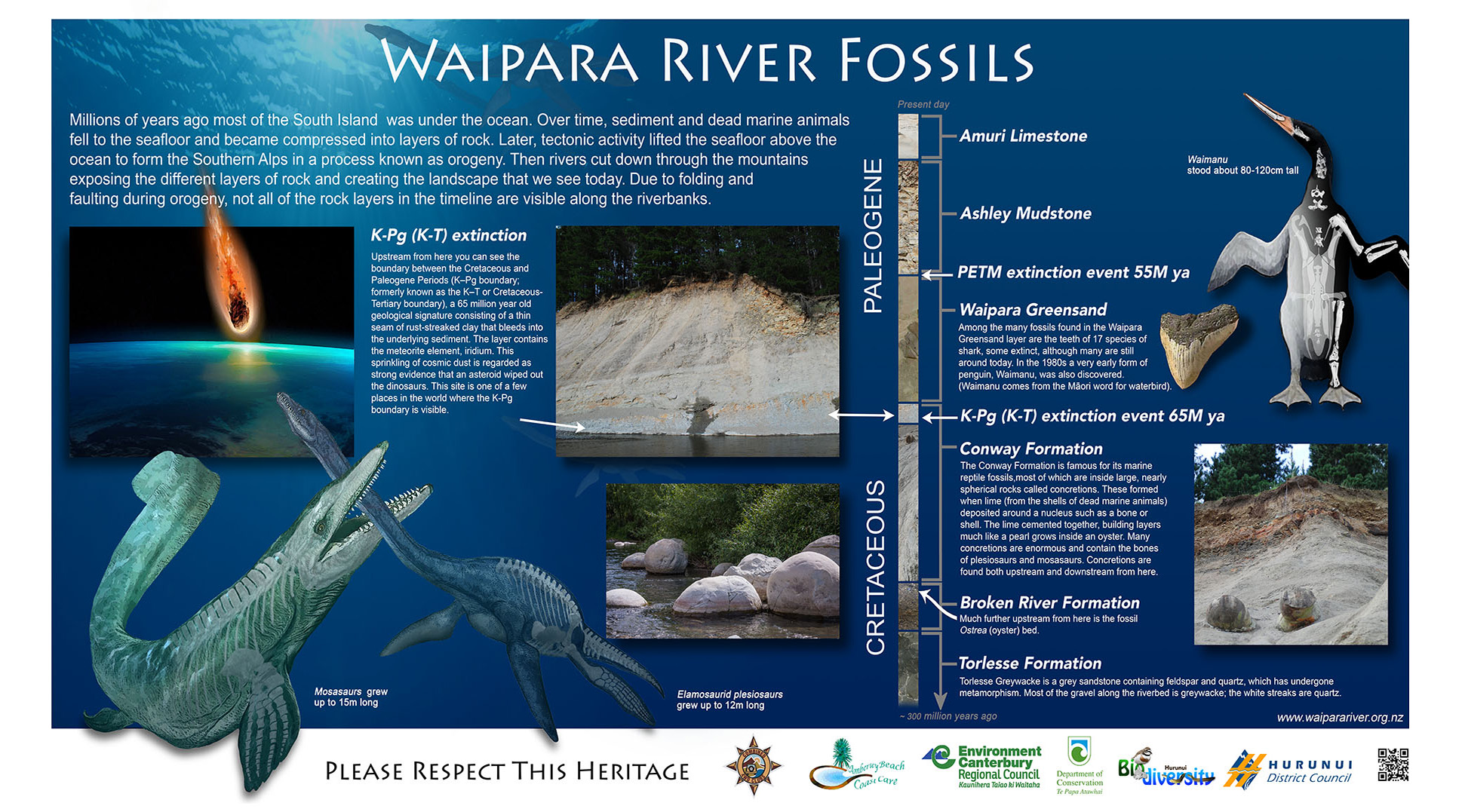From the back cover
Hey everyone!
My name is Moko and I’m a New Zealand Rough Gecko.
Did you know that in the last 100 years at least 85% of our habitat in the Hurunui District has disappeared? Every day, more of our homes are being destroyed by invasive weeds and land clearing. Pest mammals like possums, stoats, rats, and increasingly, feral cats are also killing us and our babies. My animal friends and I really need help, so we asked children of all ages to spread the word about us and our habitats.
And guess what? Over 100 children aged from 5 to 18 years wrote stories, took photos, and made drawings about us and some of the wonderful things people are doing to help protect us and restore our homes. So this book is about Celebrating Biodiversity in the Hurunui District!
We hope you will enjoy it.
Thanks, kids….and to everyone who helped make this book possible!

Notes
The preface by ‘Moko’, was my alter ego to design and compile the book when I was the Biodiversity Advisor for a district council in the South Island of New Zealand. The full colour book is 250 pages long. Print copies are available through the Department of Conservation, NZ, or you can download a free (medium resolution 24Mb) digital copy.
The endpiece paints a less positive picture. Just before I completed the book, the council voted to end its biodiversity programme. Several of Moko’s friends are now closer to extinction.
Preface
Hi everyone,
My name is Moko. My friends and I live in habitats scattered across the Hurunui District and beyond to our neighbouring Tasman, Buller, Grey, Marlborough, Kaikoura, Selwyn, and Waimakariri Districts. Some of my friends spend only part of their lives in New Zealand, travelling as far away as Antarctica, Australia, Tonga, the North Pacific ocean, and South America to spend winter or to breed. With your help, there will always be a safe home for them here every time they return.
This book is filled with pages created by children to celebrate biodiversity in the Hurunui District. The book begins with an overview of biodiversity and this district. Subsequent chapters are about living organisms grouped according to their evolutionary complexity rather than by kingdom or phylum. The last chapter is about conservation areas and projects that are helping to protect us and restore our habitats.
The children who contributed to this book were aged between 5 and 18. They designed A4 brochures that could be folded into 6 pages, and opened out to 2 pages as you see them in the book. The children researched, discovered, and wrote about topics that interested them, or were important to them. Several drew or painted pictures, others wrote stories. While some of the details may be incomplete or imperfect, this book is a work of hope and love by the children who contributed.
We, and the children, know that my friends and I need all the help we can get, for many of us are very rare.
Some of us are on the verge of extinction.
We also know that there are lots of people not included in this book who have and continue to work very hard to help protect us and restore our homes.
This is our way of thanking all of you.
Signed, Moko.
A final word from the editor
Long ago, when Zealandia (see Chapter 6) was submerged beneath the ocean, biodiversity in the Hurunui District looked very different from today. So Moko decided it was fitting to end this book with a poignant reminder of an era when vast and ancient creatures ruled our planet.
To walk along the Waipara River today is to journey back in time almost 300 million years. Here, marine reptiles the size of dragons lay cocooned inside enormous geological pearls, giant fossilized oysters and clams pave sections of the riverbed, and the bones of extinct birds protrude from the rocks and sediment lining the banks. In a very special place, one of only a few locations in the world, you can see the KPg boundary, evidence of the comet that wiped out the dinosaurs 65 million years ago. This triggered the fifth mass extinction on Earth that ended one geological era and heralded in another.
Today, we stand at the dawn of a new geological era, the Anthropocene, so named because we humans are responsible for the sixth mass extinction now underway. Yet because this is our time, unlike the dinosaurs, we have the ability to choose the fate of all living creatures that share our remarkable world. And we should never forget that our destiny is inexorably linked with theirs.
So let’s choose wisely.
– Sonny Whitelaw, Biodiversity Advisor Hurunui District Council, July 2013-October 2014
Authors (aged 6-18 years)
Rylee Adams, Lee-Anne Alcantara, Sarah Allington, Kriston Baker, Finn Bamford, Deborah Barkley, Charlee Barre, Celine Barnes, Jamie-Lee Barnes, Jackson Bau, Joanne-Marie Bircham, Keeley Bovey, Cherish Bullmore, Levi Cameron, Bella Caughley, Jesse Cederman, Calybe-Mikaire Chambers, Miriam Clark, Andre Colenso, Josh Collins, Alison Conrad, Emma Con, Liam Costello, Flynn Crean, James Crosby, Grace Cundy, Eliza Dalzell, Lewis Davidson, Fletcher Earl, Henry Earl, Charlotte Eckardt, Jaya Ellen-Johnson, Caitlan Ellis, Christopher Fazakerley, Alex Fissenden, Lucy Florance, Maddie Foster, India Garden-Young, Kate Gardner, Mathew Garside, Ruby Gemmell, Asra Ginders, Ruby Gill-Clifford, Samuel Hassall, William Hassed, Liam Heasley, Georgia Henderson, Milly Henderson, Regan Holden, Matthew Horn, Jane Jones, Gabrielle Jordan, James Kelly, Lucas Kelly, William Knight, Christa Lamont, Annie le Grelle, Joseph le Grelle, Shiloh Maye Leqeta, Ashleigh Linto, Hamish Mackintosh, Sam Mahan, Ben McDrury, Caleb McMullen, James Metcalfe, Charlotte Miller, Luke Miller, Lydia Miller, Reuben Miller, Rena Misra, Ria Misra, Cole Morgan, Danielle Mundy, Johnny Murchison, Blair Norton, Trinity O’Brien, Corban Painter, Alex Palmer, Holly Parish, Isabella Penter, Ethan Purvis, Quan Quirke, Tom Ruck, Simagul Sawari, Ali Jan Sawari, Ella Scarlet, Madeline Scarlet, Jessica Shearer, Andrew Sheddan, Grace Spencer, Skyla Squires, Cherie Sutherland, Dylan Topp, Krista Vernal, Ashton Walker, Ashleigh Watson, Bradley White, Chantelle White, Shanaya White, Blair Wilkins, George Wilkins, and Tanya Wilson.
Introductions
Hamish Dobbie (CEO Hurunui District Council), Sarah Ensor (Partnerships Ranger Department of Conservation), Dr Marieke Lettink (Fauna Finders), Alan McDonald (Partnerships Ranger Department of Conservation), Dr Jean-Marie Tompkins (Biodiversity Advisor Environment Canterbury), and
Sonny Whitelaw (Biodiversity Advisor Hurunui District Council).
Contributing schools
Broomfield School, Cheviot Area School, Hanmer Springs School, Hurunui College, Mairehau Primary School, North Loburn School, Waiau School, and Waikari School.
